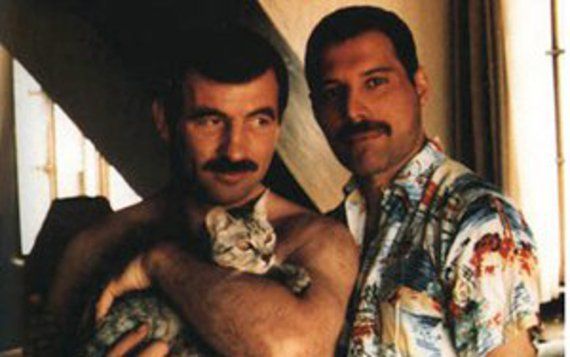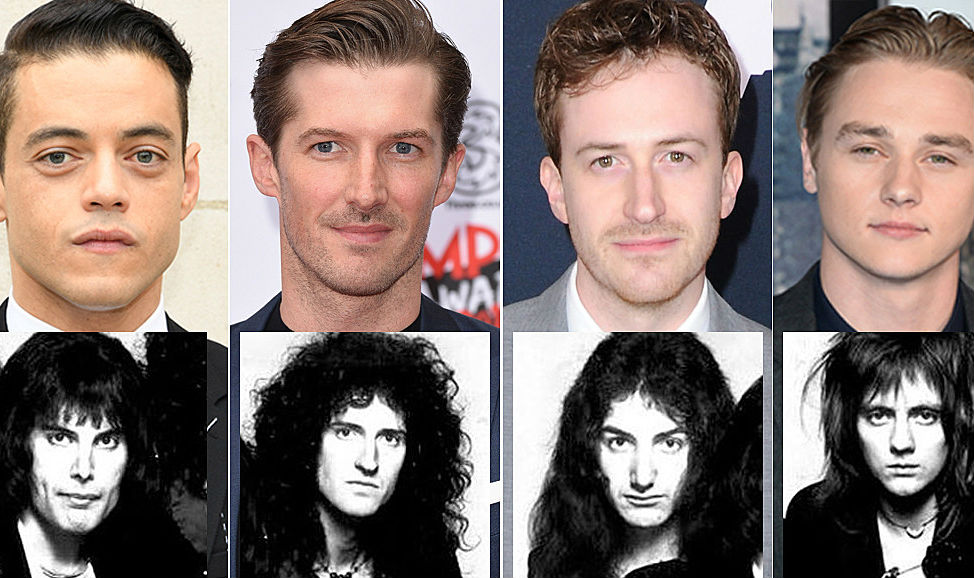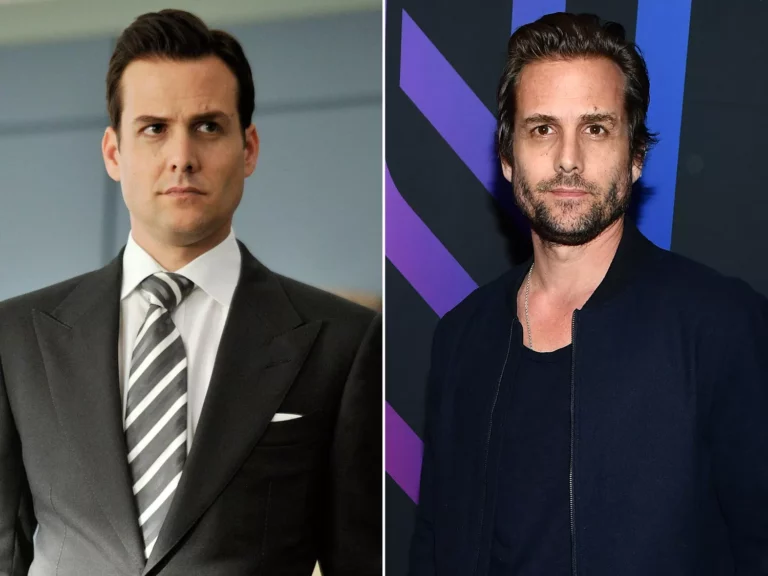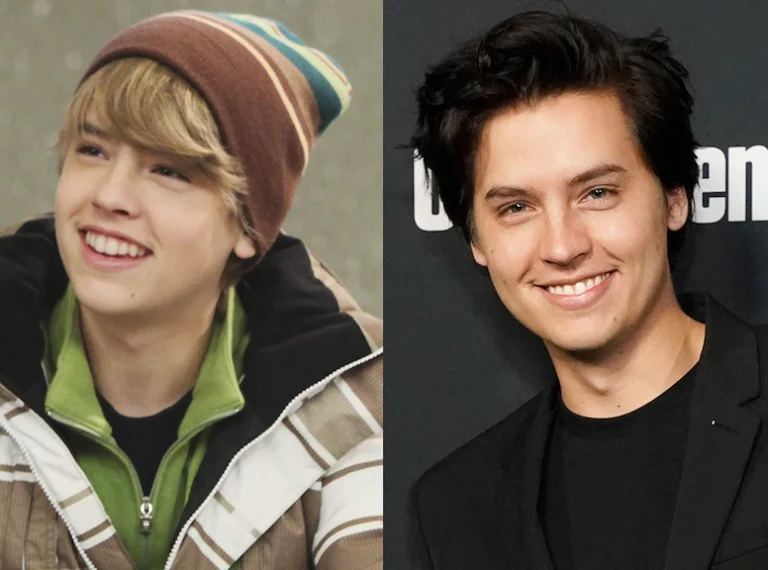Reality is pretty boring, peeps. We wake up. Brush our teeth. Shower. Have breakfast. Get ready for a big day full of endless possibilities. Then change our minds and climb back into bed. Movies, on the other hand, have no choice but to be interesting. This is why they are always full of wizards, dinosaurs and basketball-playing dogs. But occasionally, movies are based on reality, which means something has to give. To get around this, filmmakers exaggerate. They embellish. They have to create imaginary tension. Such was the case with the recently released biographical film Bohemian Rhapsody about Queen. Here is a look at nine ways in which the movie did not reflect reality. Note that the last four are condensed because they didn’t require much further elaboration.
1. How Queen Came Together
According to the movie: In 1970, Mercury attends the performance of the band Smile, which features May as the guitarist and Taylor on drums. Lead singer Tim Staffell decides the band isn’t going anywhere and quits right after the show. Mercury introduces himself to the guys and offers his services and they are a bit wary of his shyness, but when he shows off his vocal abilities they agree on the spot.
But in reality: All four of them shared an apartment together. Mercury had actually been friends with the band members a few years and, in fact, had had aspirations to be the group’s lead singer for a while. He and Staffell had been classmates at Ealing Art School in the late 1960s, and it was Staffell who had introduced him to May and Taylor. Once Staffell left, Mercury was perfectly positioned to step in. It should also be noted that Mercury was anything but shy in real life. The dude had thought of himself as a rockstar even before the fame.
Why on Earth did they do that: Because that would be super boring. There is a reason why the movie isn’t called “Queen: Several Years Before They Formed.”

2. The Origins of “We Will Rock You”
According to the movie: In 1980, May comes up with the band’s iconic song during a studio session, and soon after they are playing it at Madison Square Garden. Mercury is seen with short hair and a mustache, which is how he looked at the time.
But in reality: May had come up with the song several years earlier and it first appeared on Queen’s 1977 album News of the World. The song had indeed been performed in Madison Square Garden upon its release, but during that noteworthy performance Mercury was still sporting long hair and a clean-shaven face.
Why on Earth did they do that: To move the movie along. Simple as that.

3. Band Breakup?
According to the movie: Mercury’s desire to launch his solo career creates tension and threatens to break up of the band.
But in reality: They had all tried to leave the band more than once, but there was never any real break up. They did take a break from touring in 1983, but used that time to record the album Strange Frontier. Furthermore, before Mercury’s 1985 release of the album Mr. Bad Guy, both Taylor and May had released solo albums, with Taylor being the first with 1981’s Fun in Space (he released a second – Strange Frontier – in 1983) and May releasing a collaboration album with Eddie Van Halen titled Star Fleet Project in 1984.
Why on Earth did they do that: Movie is meant to feed into the myth (and reality) that Mercury was a musical genius and his leaving the band would cause devastation. Scenes of May or Taylor attempting to do the same would have been met with shrugs from the audience.

4. Mercury’s AIDS Announcement
According to the movie: Mercury discovers that he AIDS shortly before the Live Aid performance and informs his bandmates.
But in reality: Mercury reportedly learned of his diagnosis in 1987, two years after Live Aid and then waited sometime after that to finally break the news.
Why on Earth did they do that: Because reality can be super sad at times, but nobody pays $15 to be sad! Given that their performance at Live Aid was their greatest – and one of the greatest performances of any band for that matter – the “Mercury deals with this terrible situation in the most awesome way possible” narrative allows the movie to end in the most uplifting way possible.

5. “Reunion” Performance At Live Aid
According to the movie: When the band agrees to perform at the Live Aid charity concert in July 1985, they express concern that since they hadn’t played together in years, it would be kind of suicide to perform for the first time in front of millions.
But in reality: “In years” was actually two months…so no. At that point, they had recently finished The Works Tour, which had begun in August 1984 and ended in May 1985.
Why on Earth did they do that: It was a plot device that was effective for building up tension. The question “After all this time away, can they shake off the rust and deliver when the eyes of the world are upon them?” sounds far more dramatic than “Their successful tour just ended, but can they still succeed?”

6. Freddie and Jim
According to the movie: While throwing a lavish and wild party at his home, Mercury meets his romantic partner Jim Hutton who is portrayed as one of the servers.
But in reality: Mercury met Hutton, who was actually a hairstylist, at a London club called Heaven.

7. Band Manager Firing
According to the movie: At some point in the early 1980s, Mercury fires manager John Reid for daring to suggest that Mercury should leave Queen to launch a solo career.
But in reality: Reid had left the group in 1977, but remained on good terms after the split.

8. Bohemian Rhapsody non-Controversy
According to the movie: Ray Foster (cameo by Mike Myers!), an executive at EMI Records, steadfastly refuses to release “Bohemian Rhapsody” as a single, arguing that at 6 minutes long it would never get any airplay. The group walks out of the office in protest.
But in reality: There was never a Ray Foster. While EMI executives were skeptical that the song would succeed, nobody made any serious attempt to prevent its release.

9. Songwriting Credits
According to the movie: As a condition for performing again at Live Aid, Mercury appeases his bandmates by agreeing to share all future songwriting credits with them.
But in reality: Mercury still retained sole writing credits with their 1986 album A Kind of Magic. No agreement about co-writing credits was made until their 1989 album The Miracle.















+ There are no comments
Add yours